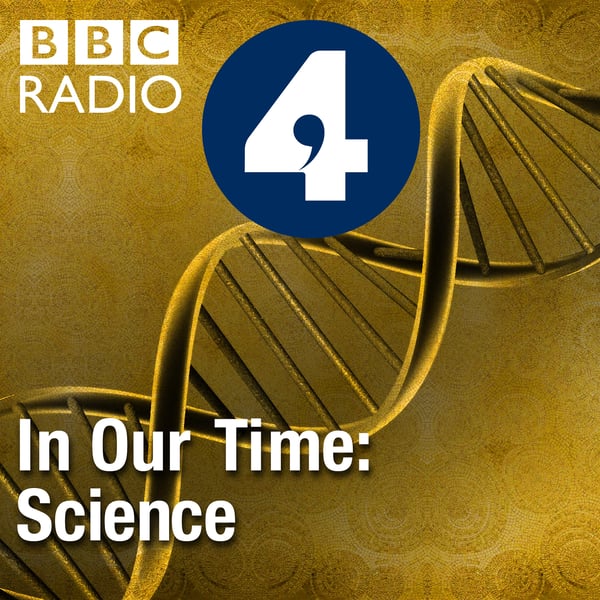Crystallography
In Our Time: Science
BBC
4.5 • 1.4K Ratings
🗓️ 28 November 2012
⏱️ 42 minutes
🧾️ Download transcript
Summary
Transcript
Click on a timestamp to play from that location
| 0:00.0 | Thank you for downloading this episode of In Our Time. |
| 0:02.4 | For more details about in our time and for our terms of use please go to BBC.co. |
| 0:07.1 | UK slash radio for. |
| 0:09.1 | I hope you enjoy the programme. |
| 0:11.1 | Hello in a letter to a colleague the Nobel Prize winning chemist Max Perroutz tried to convey the crucial |
| 0:16.3 | importance of crystallography to our understanding of the world. Perroutz wrote that the |
| 0:21.1 | technique explains why blood is red and grass is green, why |
| 0:26.2 | diamond is hard and wax is soft, why graphite writes on paper and silk is strong, why glaciers flow and iron gets hard when you hammer it. |
| 0:36.0 | Crystalography is the study of the structure of solids and for centuries our knowledge of |
| 0:40.9 | crystal structures was based on little more than their physical |
| 0:43.8 | appearance. But a hundred years ago, in 1912 the father and son team of Lawrence and William |
| 0:48.8 | Bragg developed X-ray crystallography, a technique which uses x-rays to work out the precise arrangements of atoms |
| 0:56.1 | within a crystal. The ramifications of their discovery revolutionized molecular analysis |
| 1:01.8 | across scientific disciplines, and since then 28 Nobel Prizes have been awarded for work related to X-ray crystallography, including one of the most important breakthroughs in the history of science, the discovery of the structure of DNA in |
| 1:15.0 | 1953. |
| 1:16.8 | With me to discuss crystallography are Judith Howard, Professor of Chemistry at the University |
| 1:21.9 | of Durham. |
| 1:23.0 | Chris Hammond, Life Fellow in Material Science at the University of Leeds |
| 1:27.0 | and Mike Glazer, Emeritus Professor of Physics at the University of Oxford |
| 1:31.0 | and Visiting Professor of Physics at the University of Warwick. |
| 1:34.0 | Juliet Howard, before we go into the history of crystallography and explore its many achievements, |
| 1:38.8 | could you explain what it is? |
... |
Please login to see the full transcript.
Disclaimer: The podcast and artwork embedded on this page are from BBC, and are the property of its owner and not affiliated with or endorsed by Tapesearch.
Generated transcripts are the property of BBC and are distributed freely under the Fair Use doctrine. Transcripts generated by Tapesearch are not guaranteed to be accurate.
Copyright © Tapesearch 2025.

